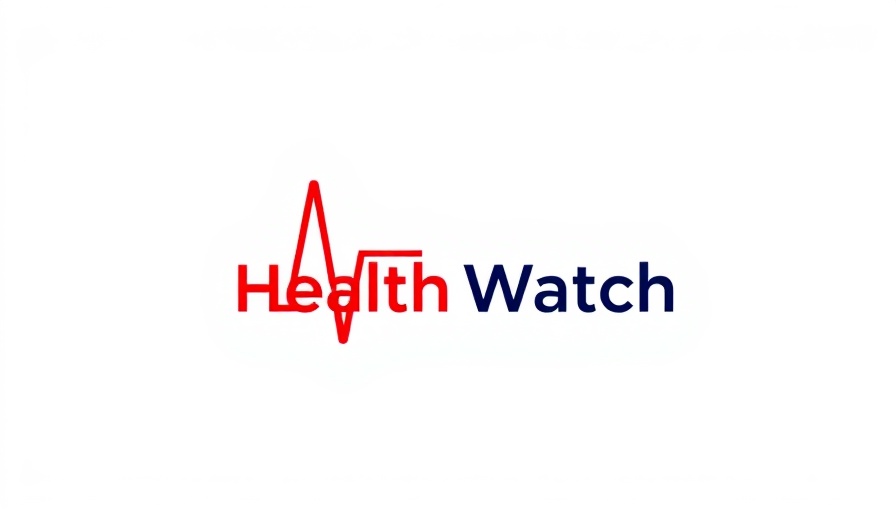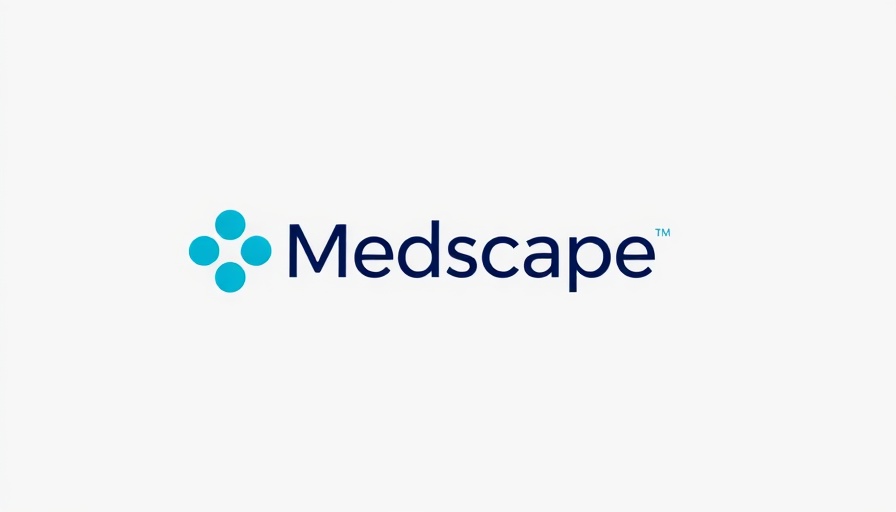
Understanding the Impact of Tariffs on Drug Prices
In a move that has stirred considerable debate, former President Donald Trump announced that he would spare drug manufacturers from the anticipated tariffs on medicines. This decision was met with mixed reactions, as experts and consumers alike are concerned about how this may affect drug prices moving forward. While dodging these tariffs may appear beneficial for drugmakers, the underlying issue of rising drug costs remains a significant concern for the public.
Unpacking the Decision: A Mixed Bag for Consumers
Trump's decision to remove tariffs from drugmakers aims to bolster the pharmaceutical sector. Many pharmaceutical companies had argued that imposition of tariffs would lead to higher prices for consumers, exacerbating an already challenging situation for those dependent on medications. While the administration may claim success in protecting the industry, consumers must consider whether this move truly shields them from price increases that are already prevalent.
As noted in economic analyses, pharmaceutical costs continue to rise due to various factors, including increased research and development expenses that drug companies cite as justification for price hikes. Hence, while tariffs may be off the table, the obstacle of high drug prices remains unaddressed.
The Bigger Picture: Domestic vs. Global Drug Economics
This tariff exemption reflects a broader trend within U.S. trade policy that grapples with the intersection of health care and economic strategies. By easing the burden on drug manufacturers, there is a risk of encouraging them to maintain—or even increase—prices without the pressure of competition from international markets. This raises concerns among health policy experts about ensuring both affordability and accessibility to vital medications for all American consumers.
How Insurance and Out-of-Pocket Costs Are Affected
Even without tariffs, the reality is that drug prices are heavily influenced by insurance companies and the structure of healthcare coverage. For many, high out-of-pocket expenses still apply regardless of tariff conditions. Therefore, understanding insurance benefit designs is crucial for consumers looking to navigate their healthcare expenses effectively. Many individuals are still faced with the burden of high deductibles and copayments, which can dramatically impact their ability to afford necessary medications.
The Ripple Effect on Healthcare Access
This major alteration in tariff policy does not exist in a vacuum. The healthcare landscape is rife with challenges, particularly around access to medicines for vulnerable populations. As families struggle with rising costs, the implications extend beyond just economics—many patients could be forced to make tough choices between their medications and essential needs like housing or food.
A Comprehensive Approach to Drug Pricing
The discontinuation of tariffs on drug manufacturers provides a lesson on the importance of multifaceted approaches to addressing drug prices. While relief from tariffs may bring temporary relief to drug companies, it is imperative that policymakers focus on systemic reforms that tackle root causes of high prices. This could include strategies such as importation of drugs from countries with lower prices, re-evaluation of patent regulations, and negotiations to control costs across the board.
Given the complex nature of this issue, consumers would benefit from advocating for comprehensive change in drug pricing policies that address not only tariffs but also the broader economic and healthcare systems at play.
In conclusion, Trump’s decision to spare drugmakers from tariffs may seem beneficial at first glance; however, it highlights an ongoing conversation about how to effectively manage drug prices in the U.S. Consumers must stay informed and engaged in discussions that affect access to their medications while policymakers refocus efforts toward sustainable solutions.
 Add Row
Add Row  Add
Add 




Write A Comment